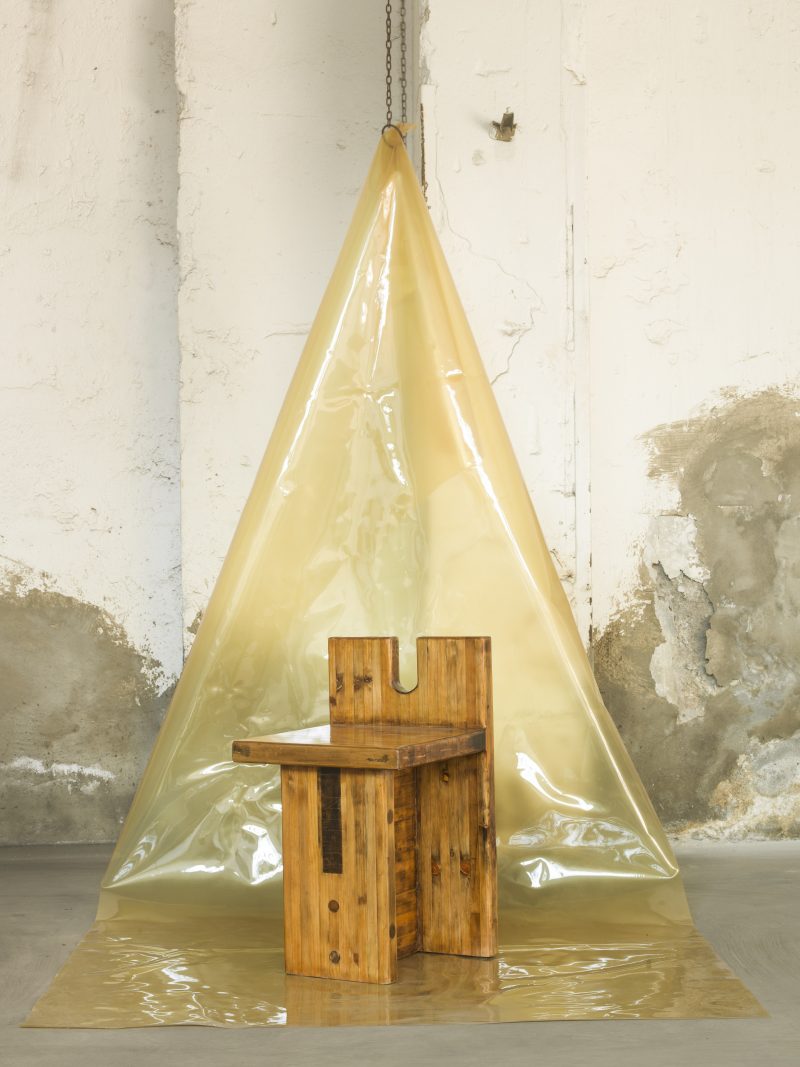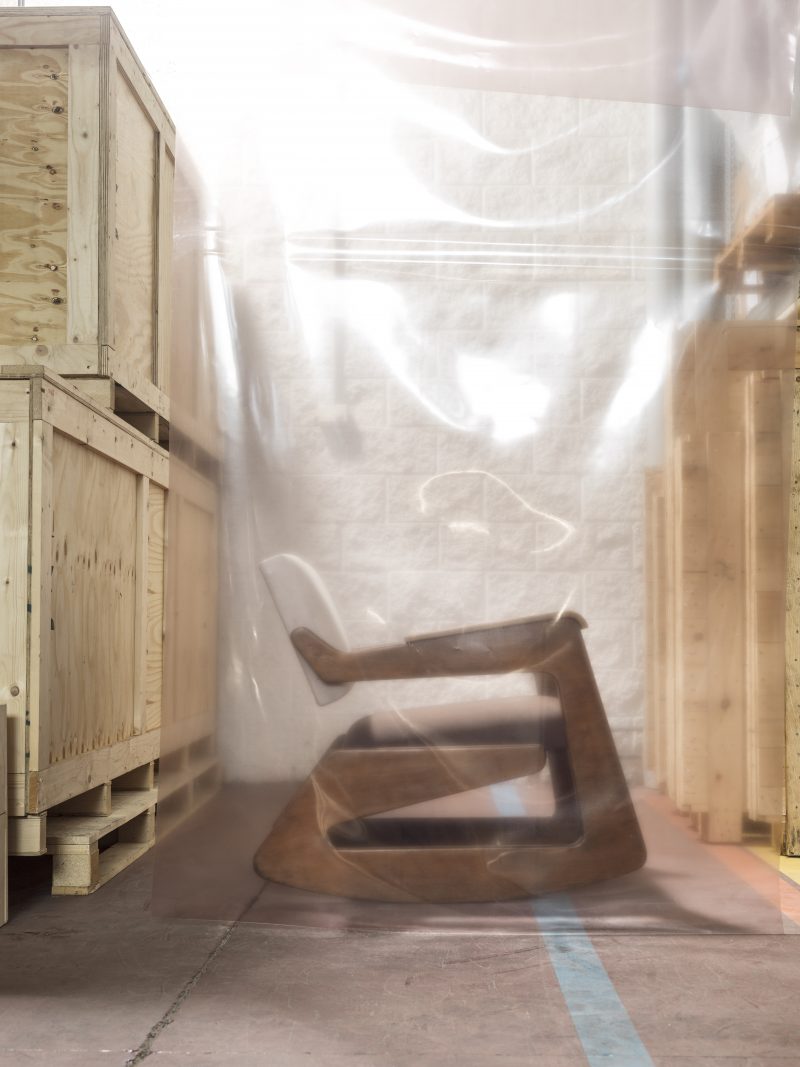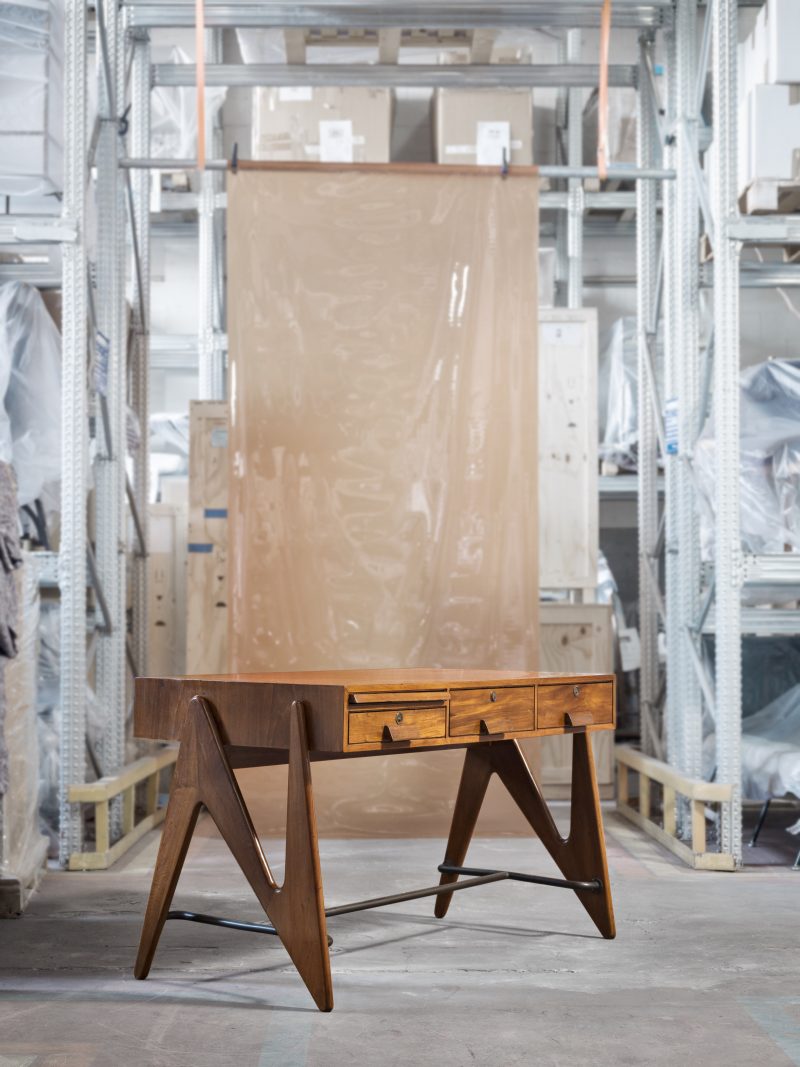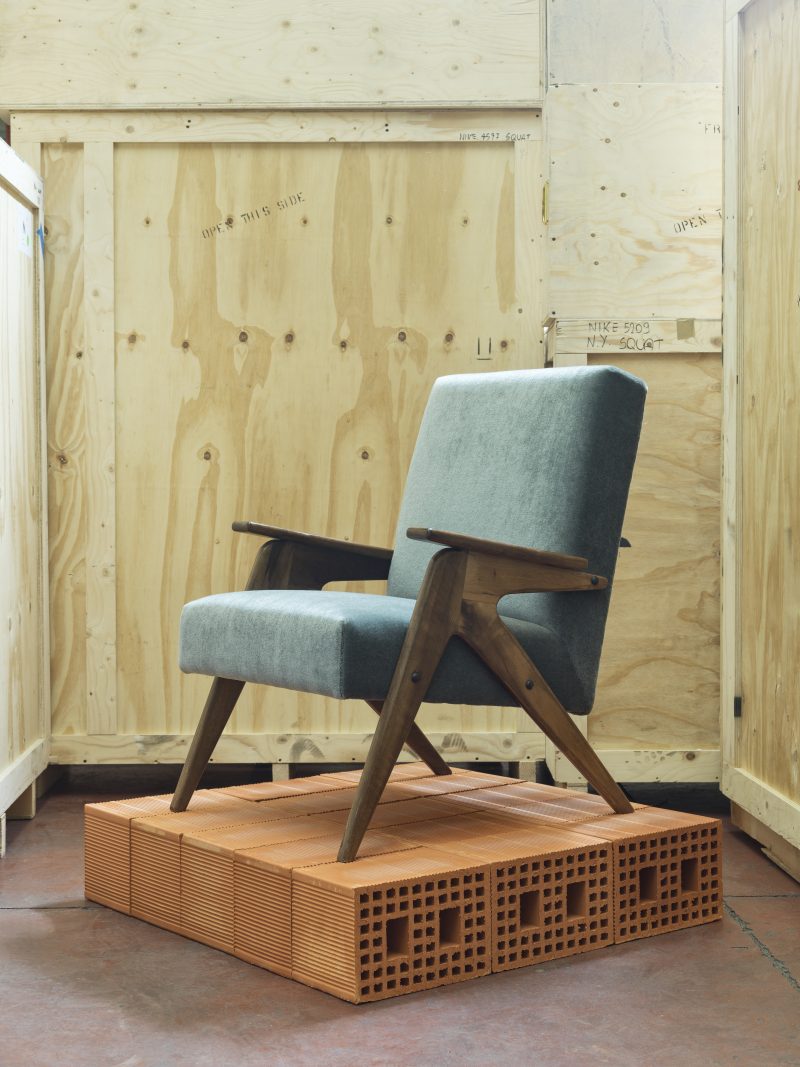16.02.2020
Lina Bo Bardi Giancarlo Palanti
Studio d’Arte Palma 1948-1951
Lina Bo Bardi Giancarlo Palanti. Studio d’Arte Palma 1948- 1951 pays tribute to the Italo-Brazilian architect Lina Bo Bardi focusing on the furniture from the Studio d’Arte Palma, which she founded together with Italian architect Giancarlo Palanti. The show, produced by Milanese Nilufar Gallery in collaboration with the Instituto Bardi / Casa de Vidro is the result of extensive research on Lina Bo Bardi and her activity as designer of furniture, an often overlooked aspect of her work. The exhibition presents the largest collection of Bo Bardi’s furniture pieces ever brought together and investigates the forgotten work of Giancarlo Palanti. Many of the pieces displayed, mostly chairs and armchairs, are rare objects originating in Brazil. The unique combination of iconic and everyday in her furniture, each piece built for a specific purpose, is a powerful expression of Lina Bo Bardi’s generous and all-encompassing philosophy of design.
Within the context of this exhibition a selection of young Belgian designers, inspired by the ideas and practice of Lina Bo Bardi, will be presented in DING Vitrine (Drabstraat 2).
Lina Bo Bardi Giancarlo Palanti. Studio d’Arte Palma 1948- 1951 is a production by Nilufar Gallery (Milan).
Lina Bo Bardi bio
As an architect, designer, scenographer, editor, writer and illustrator, Lina Bo Bardi (1914-1992) was a woman of almost unlimited talent whose vision of design was in equal measures generous and uncompromising. After graduating in architecture in Italy during World War II, Lina joined the resistance, an experience that profoundly shaped her understanding of architecture as a political and social endeavour. Later on, in Brazil, this sensibility matured and became the inspiration for sharp texts, open environments and extraordinary buildings.
Integrating architecture with the design of furniture, interiors, and often curating the programme of her public buildings, Lina aimed at producing common meanings and creating a bond between people and space. She pursued such ambition by mastering craft and fabrication processes in order to make apparent the natural and local qualities of the materials and cultures she worked with. Collaborations with people from diverse fields of interest were crucial to construct an extensive and shared body of knowledge. This is the case of Italian architect Giancarlo Palanti, with whom she founded the Estúdio de Arte e Arquitetura Palma, which designed and produced several furniture pieces.





You might find this interesting too:
- ExhibitionRead more...
Art(s) nouveau(x) belge(s)
Van de Velde, Serrurier-Bovy, Hankar & Co.
- CollectieRead more...
‘The Four Continents’ Chandelier
Jan Frans Allaert
- PaginaRead more...
DiNG